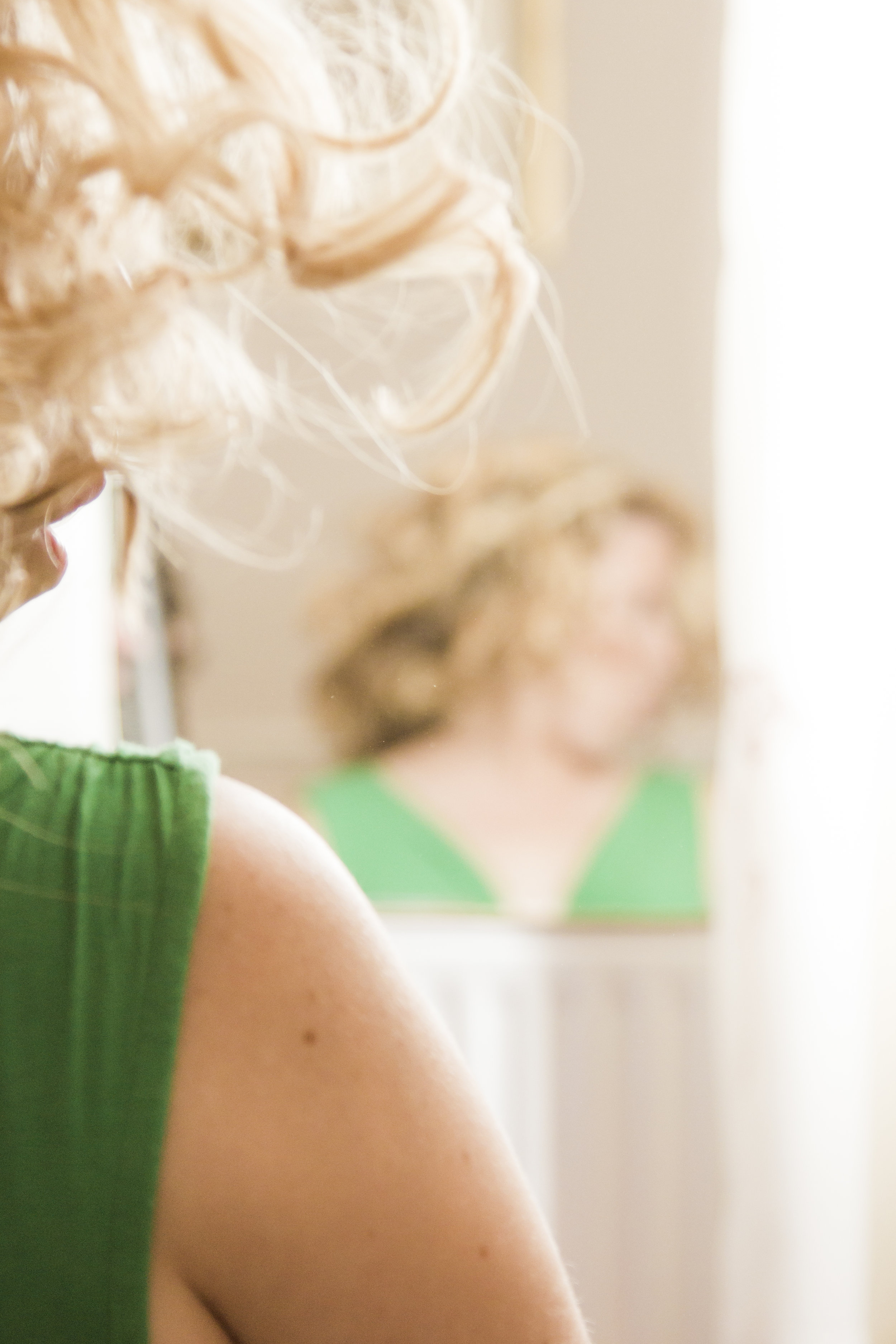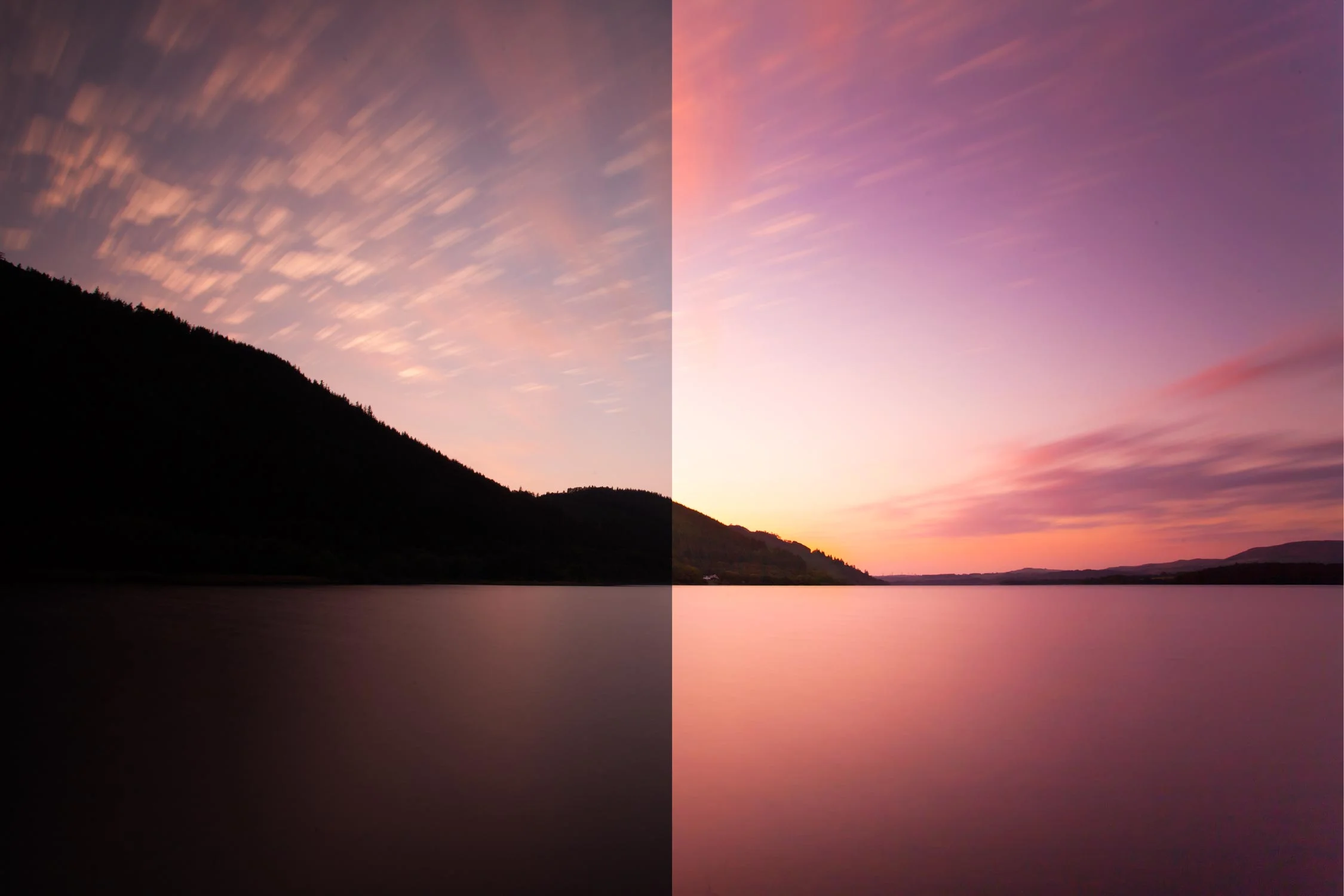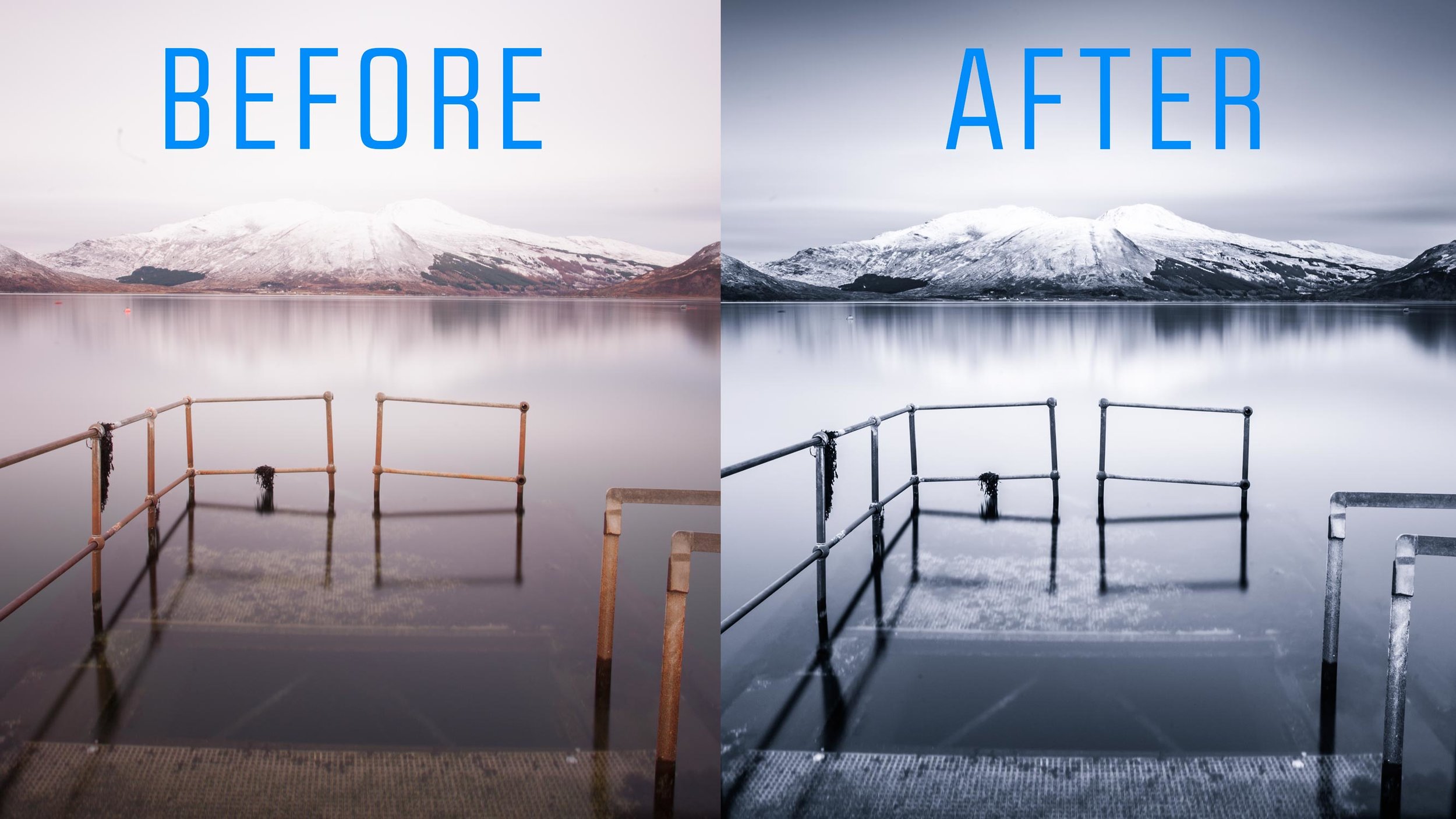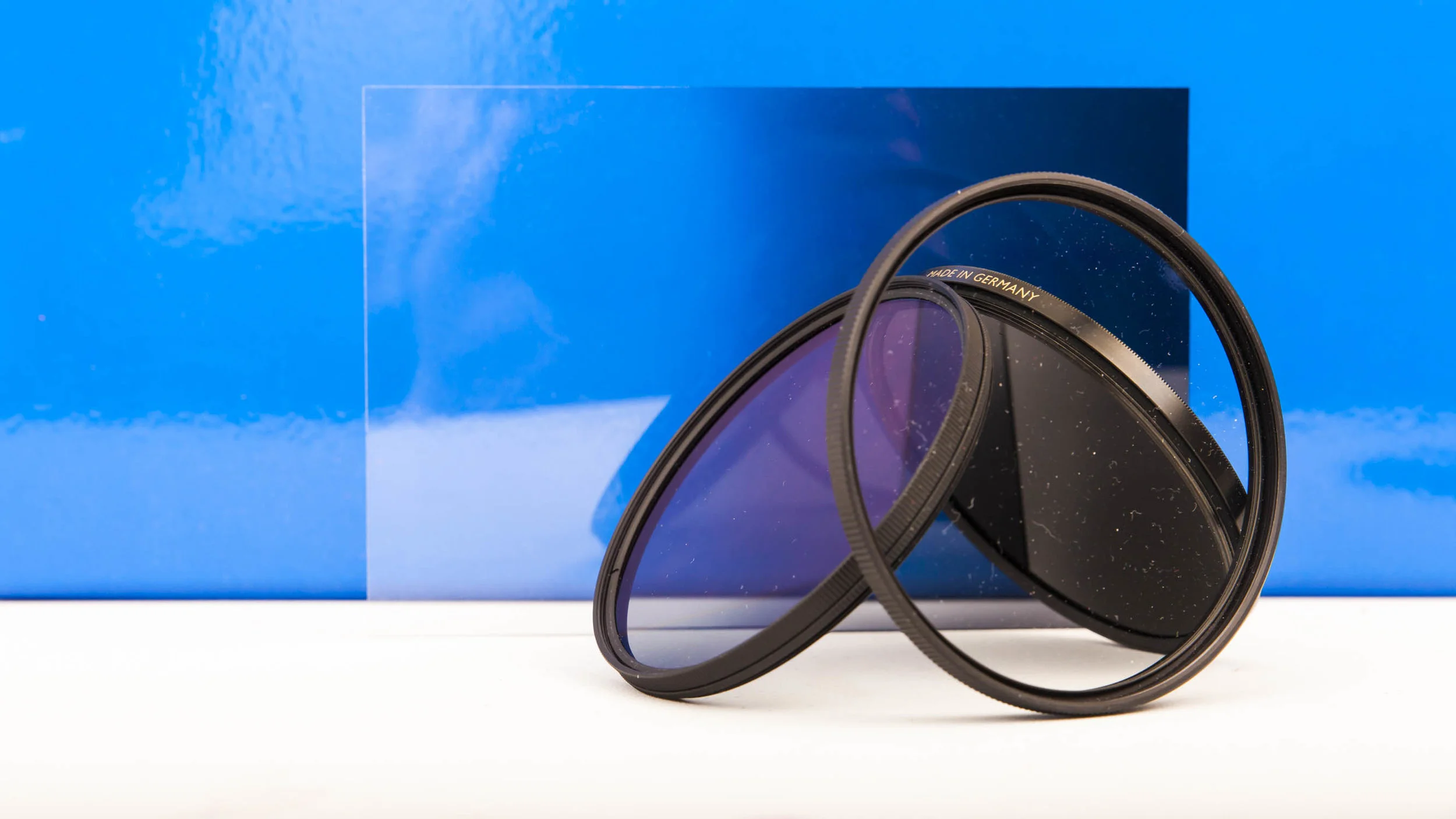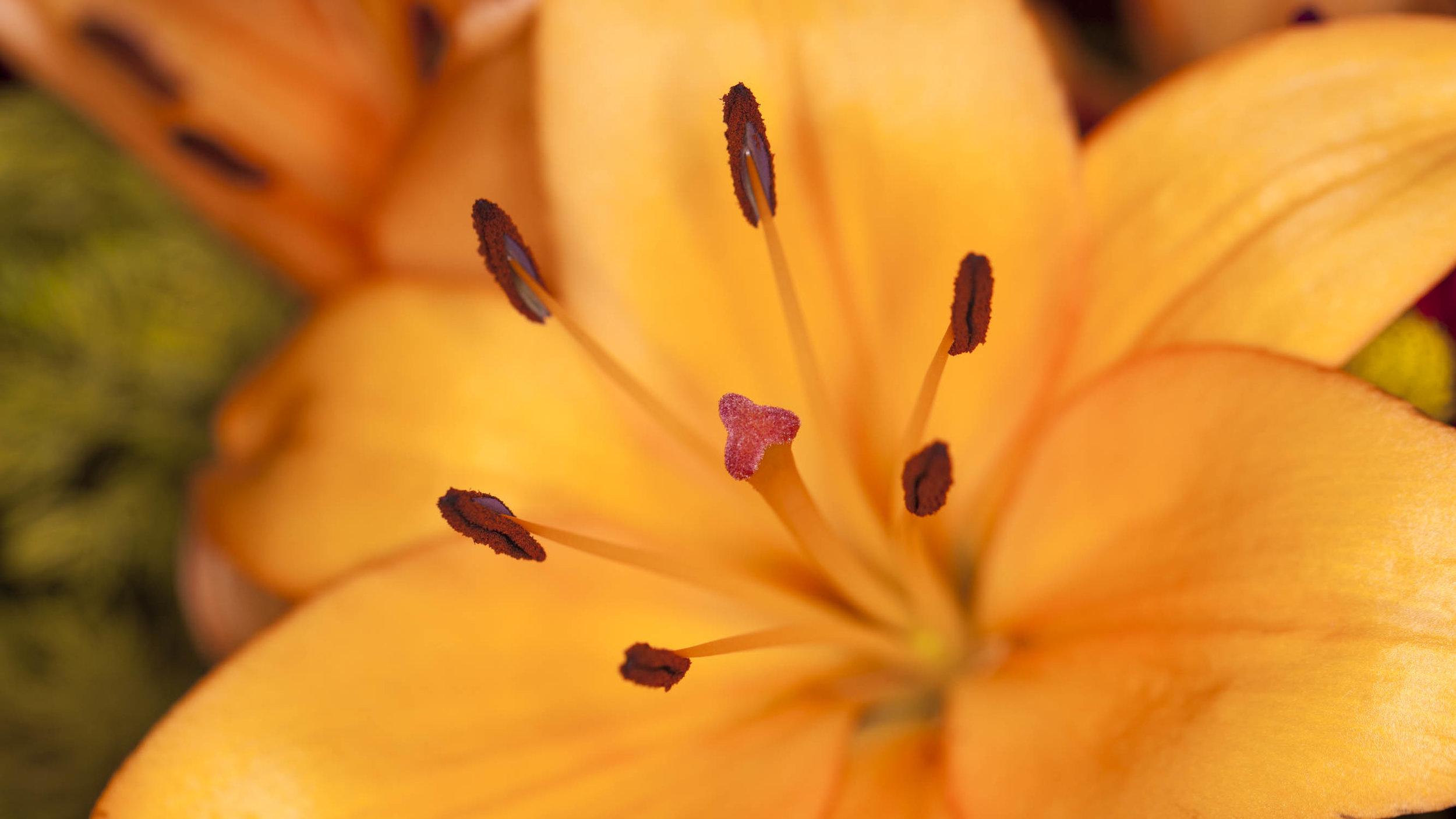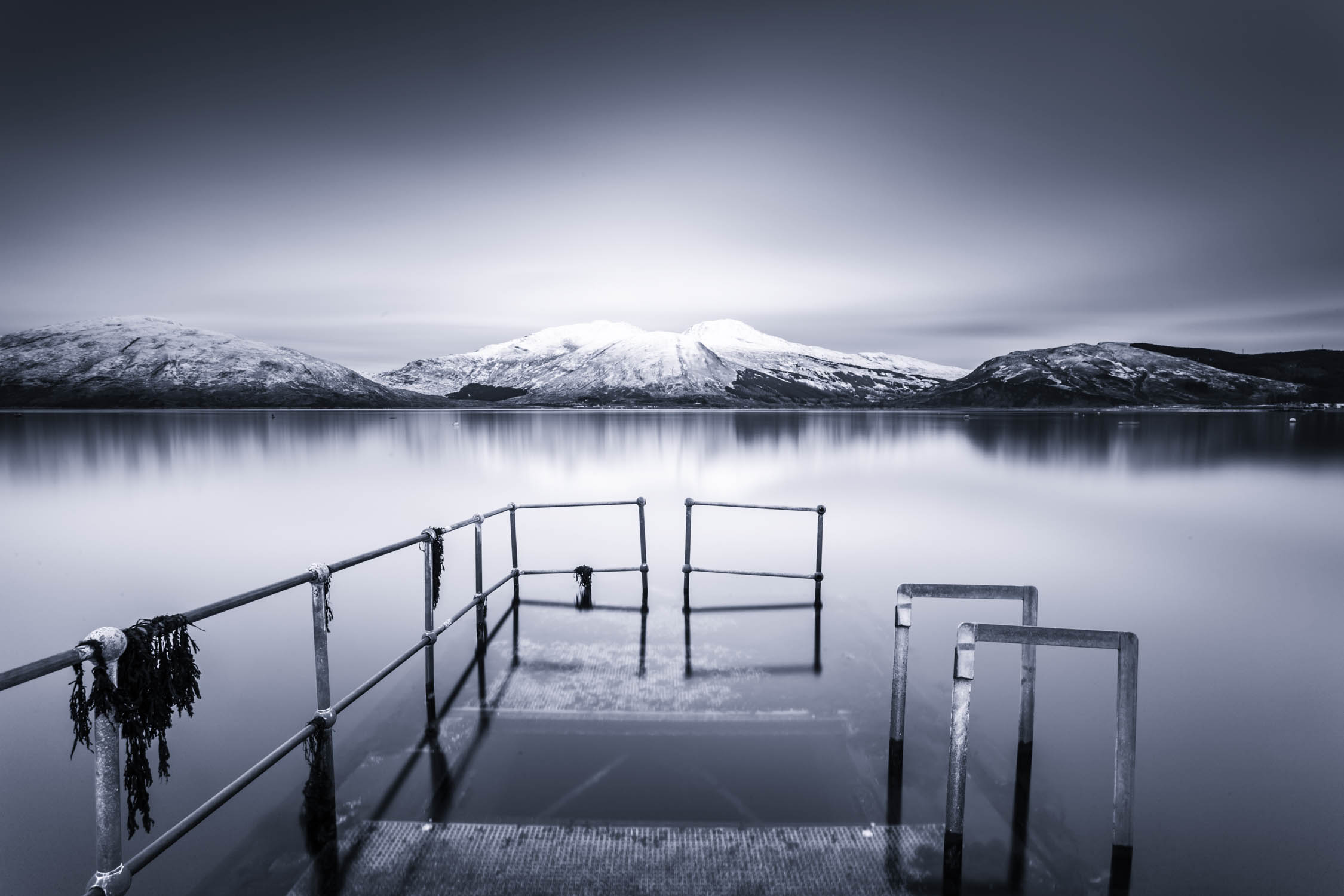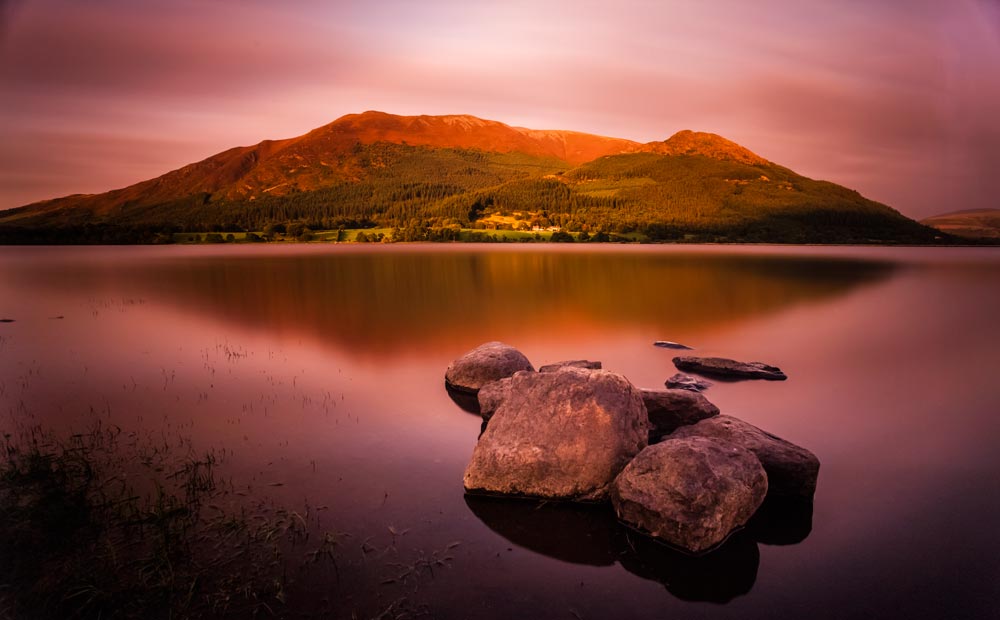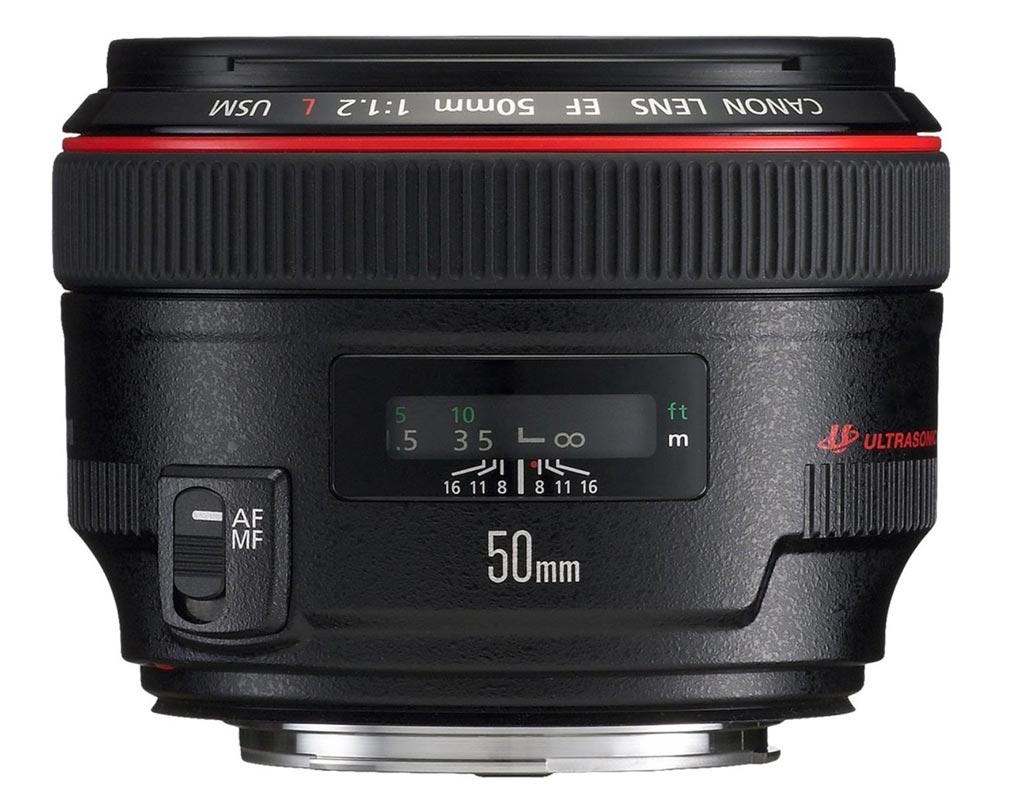Save the heartache and properly backup your photos.
It is astonishing in this day and age that the idea of backup is still just an afterthought. When you ask someone if they back up their files they casually say, 'no'. Then, noticing your astonishment, try and placate you saying, 'I've been meaning too'.
This is a serious problem. People are not just storing a few Selfies. People are failing to back up documents and files that, on many occasions,
their livelihoods depend on. For many photographers, enthusiasts and professionals alike, their photos and body of work is everything to them. For me, my photographs are my most valued possessions, unique pieces of work that are irreplaceable. Losing them is unthinkable but sadly stories of such disasters continue to surface regularly.
All this potential heartache can be avoided by following the 3 steps to better photo storage and backup.
1. Camera Backup
The first and very simple step is to backup the images on your camera. Many new camera's offer dual card slots offering a level of in camera backup but you will still need to transfer the images to a computer or laptop so do it as soon as possible.
If you're using good quality cards corruption is unlikely but theft and physical damage is still a risk at this stage.
There are numerous ways of transferring your files to a computer but I prefer to remove the card from the camera and plug it into a card reader. This removes the camera from the process and offers faster transfer speeds saving time.
2. External Backup
The key to this stage is to ensure you have two copies of all your files. If all your files are on your computer or laptop then you only need to back this up. However storing large numbers of photos, videos and other files takes up a lot of storage. It therefore becomes necessary to store your files on an external drive to free up space on your computer. If you then delete the files from your computer you need to backup the external drive. Ideally on another external or backup hard drive.
With a dedicated backup HD you minimise the risk to all your files stored on various other physical drives. Programs like Time Machine on the Mac and Acronis True Image make the process of backing up your files very easy. Point them to your Backup HD and they will backup your computer/laptop and all external drives. When you first do this, depending on the number of files you have, it could take a long time to transfer the files. However once complete continued backup will be much quicker as they only backup newly created files or those you have worked on and modified. Both programs give you access to previous versions of modified files offering a very powerful backup solution.
Also be sure that your Backup drive has the capacity to store all the files from your other drives combined. I use the Seagate 8TB External Hard Drive to backup all my files. This excellent and very large drive has the capacity to store more photos than you are ever likely to take but as we all start to shoot more video bigger drives, like this Seagate 8TB, are required.
Seagate Backup Plus 8TB – UK
Seagate Backup Plus 8TB – US
That takes care of drive failure but what about the horrendous situation of fire or theft?
3. Offsite or Cloud Backup
The third step is about ensuring your files are not only backed up but also stored for a third time in another physical location entirely. Now if I return from a holiday to find my house burned to the ground my files will not be lost entirely.
It now seems every tech company going is vying for our business in this space. Services like iCloud, OneDrive and Dropbox do a good job of backing up your mobile devices but can become expensive when backing up your entire computer. Services from Flickr and Amazon offer to backup all your photos at a reasonable price but this can still leave your other files vulnerable, such as your Lightroom catalogue.
I am now using Backblaze after switching from using CrashPlan. It also offers encryption of your files and if you use your own encryption key even Backblaze themselves cannot read the files.
Backblaze is easy to use and is managed through a small, secure application that is installed on you Mac or PC.
Get a 15 day free trial of Backblaze now by clicking the link below.
Try Backblaze Free for 15 days
Your files are now digitally secure. There is however secret option number 4.
4. Print Them
Recently father of the Internet vint Cerf warned that the world is at risk of losing a massive piece of it’s history because it is all stored digitally. Whilst this would likely come about with some world ending catastrophe it is a good excuse to print more of our work. Do it, you won’t be sorry.
I have created the flow chart below as a reference when planning your backup solution. Feel free to download and share it.

If you haven't done so already please SUBSCRIBE to the YouTube channel.








